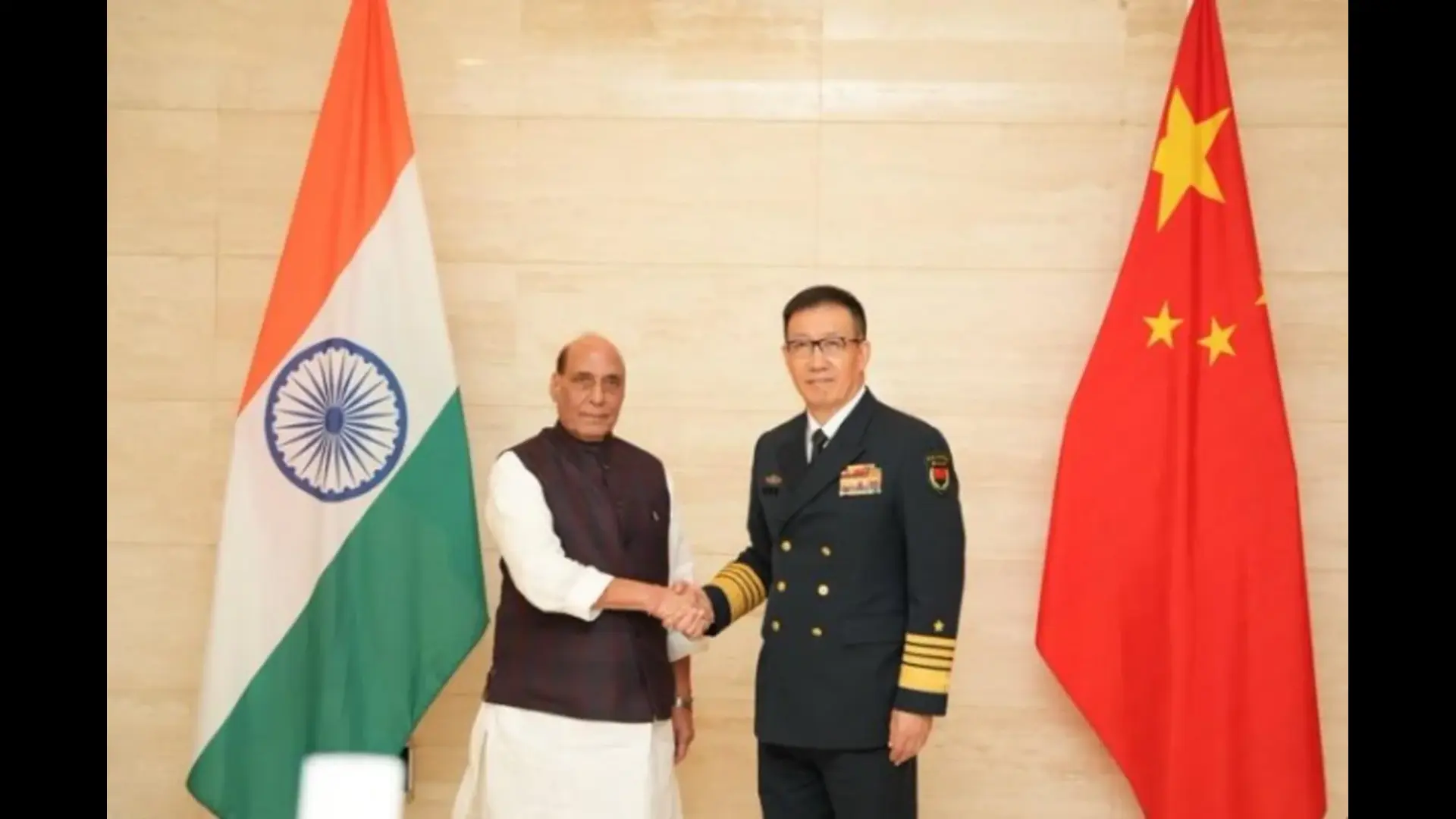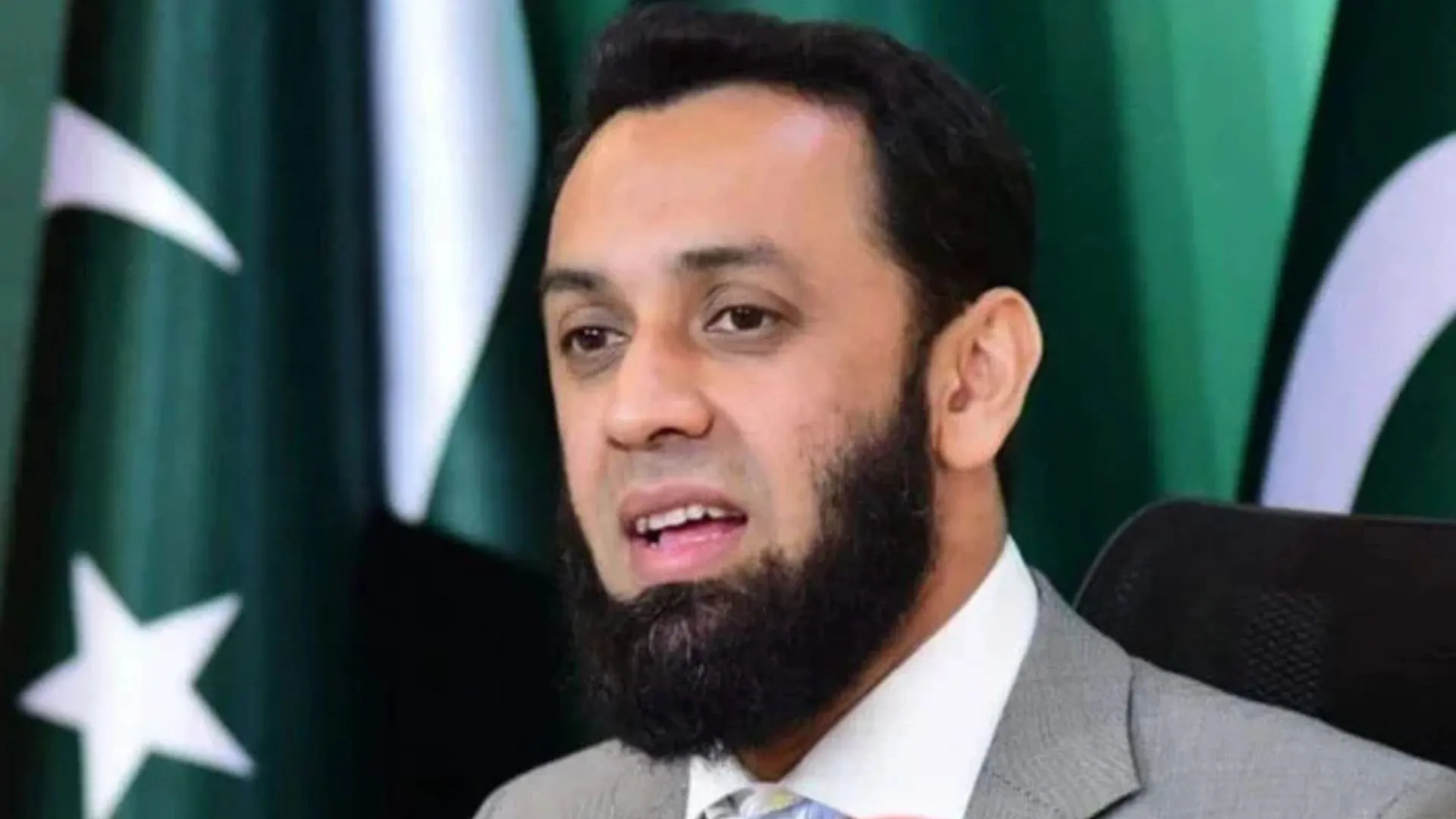Indian Defence Minister Rajnath Singh met his Chinese counterpart, Admiral Dong Jun, in Vientiane, Laos, on Wednesday, emphasizing the need for de-escalation and trust-building following the recent disengagement of troops in Ladakh.
The meeting, held on the sidelines of the 11th ASEAN Defence Ministers’ Meeting-Plus (ADMM-Plus), marked the first high-level interaction since the disengagement at Depsang and Demchok. Singh underscored that resolving border issues is key to improving overall bilateral relations.
“Had an extremely productive meeting with the Chinese Defence Minister Admiral Dong Jun in Vientiane. We agreed to work together towards a roadmap for rebuilding mutual trust and understanding,” Singh wrote on X after the discussion.
He highlighted the importance of reflecting on lessons from the 2020 border clashes and implementing measures to prevent a recurrence, stressing the need to maintain peace and stability along the Line of Actual Control (LAC).
The disengagement, finalized in October, involved both armies withdrawing forward-deployed troops and dismantling temporary structures. Patrolling resumed after ground commanders on both sides agreed on modalities. However, tens of thousands of troops and advanced weaponry remain deployed in the Ladakh sector.
Singh noted that further steps, including de-escalation and de-induction of troops, are essential to restoring peace in the region. He also pointed out that India and China, as neighboring countries and major global economies, have a responsibility to cooperate for global peace and prosperity.
“The unfortunate events along the LAC caused both nations to lose four critical years. We must address the root causes of the conflict to prevent similar incidents in the future,” Singh said.
The disengagement from Depsang and Demchok did not involve creating buffer zones, unlike earlier pullbacks from Galwan Valley, Pangong Tso, Gogra, and Hot Springs. In these previous cases, buffer zones temporarily restricted patrolling to reduce the risk of confrontations.
Singh’s visit to Laos also includes participation in the ADMM-Plus summit, where he will address regional and global security concerns. This meeting follows the recent agreement between Indian Prime Minister Narendra Modi and Chinese President Xi Jinping to reactivate mechanisms for resolving the boundary dispute and normalizing relations during their interaction at the BRICS Summit in Kazan, Russia.
The ongoing efforts to de-escalate tensions reflect a mutual recognition of the need to rebuild trust while maintaining peace and stability along the disputed border.






















